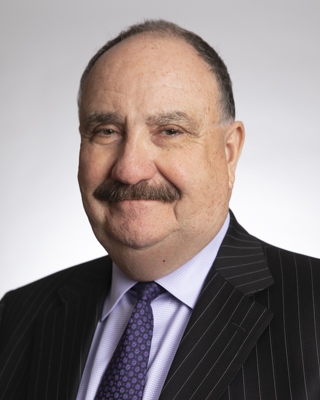The very real threat of running out of money is one of the main reasons that financial planning exists as a human concern and as a profession. Early in the last century, this concern was less prevalent, since most people did not expect to live many years into retirement; many died while still working. That situation has changed.
When Are You Ready for a Financial Plan?
This past spring, Bonnie and I were out of state visiting a client for a portfolio review. As we analyzed the investment strategy reflected in his Investment Policy Statement, it became clear that he needed a financial plan to better understand the opportunities and threats embedded in his situation.
Over the past twenty years, I have observed that it is not possible to perform financial planning unless the client is engaged and motivated. Financial planning requires effort from the client to gather and deliver data regarding expenses, goals, income, assets, and liabilities. Without motivation, this work is very easy to avoid.
What is the Difference Between Core Expenses and Discretionary Expenses?
Upon returning from our trip, I put our paraplanner, Rohan Nayak, in touch with our client to analyze and specify his living expenses and his sources of retirement income. In this process, we identified core expenses as distinct from discretionary expenses. Knowing your core expenses (or fixed expenses–mortgage, rent, groceries, insurance) as distinct from discretionary expenses (travel, home remodel, gifts) creates a powerful position for strategic thinking. Flexibility makes sustainability and opportunity possible.
A financial plan establishes criteria and standards for making choices. Discretionary spending can be deferred when the investment results are wanting, and the overall investment strategy can be designed to cover the core expenses while creating opportunity for discretionary expenses. When you know a discretionary expense is approaching (a new car) we can help you put money aside gradually so the money is no longer at risk, and so you are prepared when the time is right.
What is Your Probability of Success?
One of the best features of financial planning here at Bell is that we calculate the probability of success. To cover both core and discretionary expenses, what is the optimal investment strategy to produce the highest probability of success? No one should ever take more risk than they need to take care of their financial concerns. Matt King, Chief Investment Officer, has developed a Required Return Calculator to specify the optimal portfolio design to produce the desired return with the least amount of downside risk.
What are the Consequences of Spending Now vs. Later?
Now that we have a plan in place for our client, we can show him the consequences of buying a new car now or deferring it until later when his growth portfolio has created room to withdraw money without threatening lifetime sustainability. The best thing about financial planning is that we keep the plans up-to-date so the client can see the flow between core expense requirements and discretionary spending opportunities. There are times to expand and times to contract. These are natural cycles.
It is personally gratifying for me to have a relationship with each financial planning client that allows us to provide clarity and show the consequences of spending now or spending later. Once a plan is in place, we can recalculate the probability of success as the client’s situation changes. And most importantly, we help financial planning clients understand their personal, individual risk of running out of money during retirement . . . and help them to do something about it.


